18: Environmental Education And Wildlife
What is Environmental Education
It is teaching children and adults how to learn about and investigate the environment. EE helps citizens make intelligent, informed decisions about the environment and how they can take care of it.
History of EE
Evolved from the environmental movement
Precursors included nature study and outdoor education
Field gained momentum in 1977 with first intergovernmental conference on EE organized by UNESCO
In US, Environmental Education Act of 1970 was one of first major pieces of EE legislation
established US Office of Environmental Education
Goal of EE: Environmental Literacy
Knowledge: understanding of the environment and environmental challenges
Affect: attitudes of concern for the environment, sensitivity to the environment and environmental challenges, and motivation to improve or maintain environmental quality
Skills: ability to identify and help resolve environmental challenges
Behavior: participation in activities that lead to the resolution of environmental challenges
Characteristics of EE
Constructivist: learner-centered and investigatory
Experiential education: experience, reflect, connect to prior knowledge, apply
Interdisciplinary
Local to global
Lifelong
Diverse learning experiences
EE Is Not Advocacy
Environmental education does not advocate a particular viewpoint or course of action
Rather, environmental education teaches individuals how to weigh various sides of an issue through critical thinking and it enhances problem-solving and decision-making skills
EE vs Advocacy
EE: uses information and educational processes to analyze issues, includes varies and many points of views, value-fair
Advocacy: argues that wrongs against the environment must be stopped, one-sided, can work as a negotiator
… but what about literacy goals of affect, skills, and behavior?
Why care about EE as a wildlife
Battling nature deficit disorder
EE can make people aware and care
North American style management requires communication with stakeholders
EE training can prepare you to be an advocate of your profession
Why is wildlife a good fit for EE?
Good entry-point for kids
Great standards connections
Ideologically neutral topic
What does EE look like?
K-12 classes
Museums
WRC EE curriculum
EE in NC
Within the WRC
Pisgah, Centennial, etc
Project WILD, Project CATCH
Seminars and workshops on hunter and boating safety
Resoration programs
Beyond:
project WET, Project Learning Tree
State Park EELEs
Museums, aquariums, arboretums
TONS of NGO camps, programs, etc. (Brevard cluster)
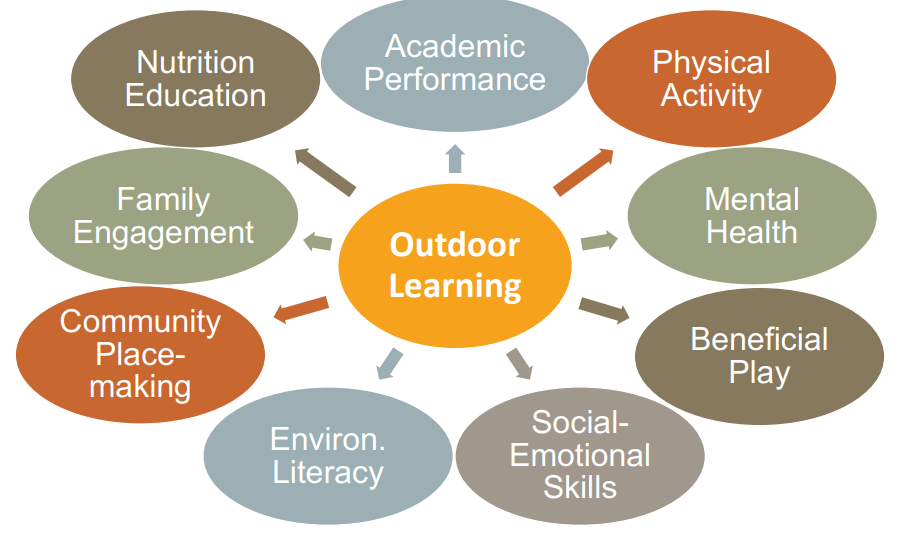
Outdoor Learning Research at NC State
In-school opportunities and benefits
Pathways to connection to nature, including hunting/fishing
Differential impacts among diverse audiences
Catch-up Effects from Outdoor Education for EL
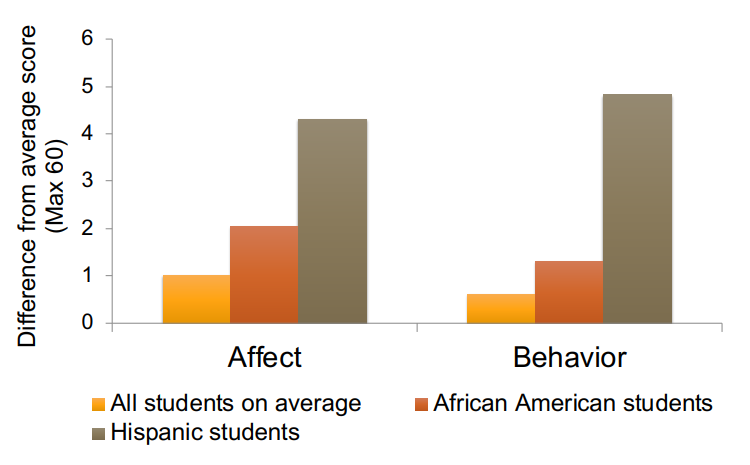
Pathways to Connection to Nature

Hunters are more likely to identify native species
Kids learn in less biased ways than adults
Higher science literacy and numeracy associated with polarization based on worldview
Worldview has now effect at high levels of climate change knowledge
Wildlife is more ideologically natural vehicle for climate education
Treatment → Climate change knowledge → Climate change hope and Climate change concern → climate change behavior
Wildlife convinces people to take better action against climate change
Model of Results
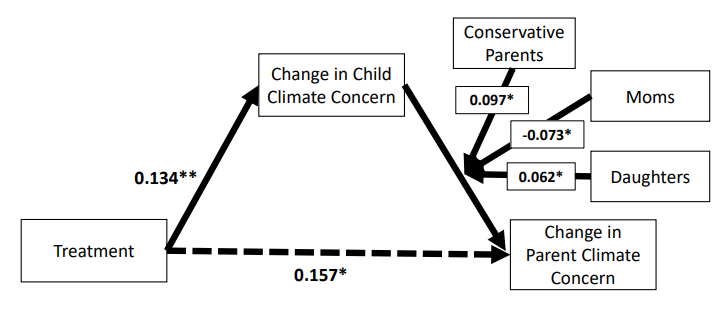
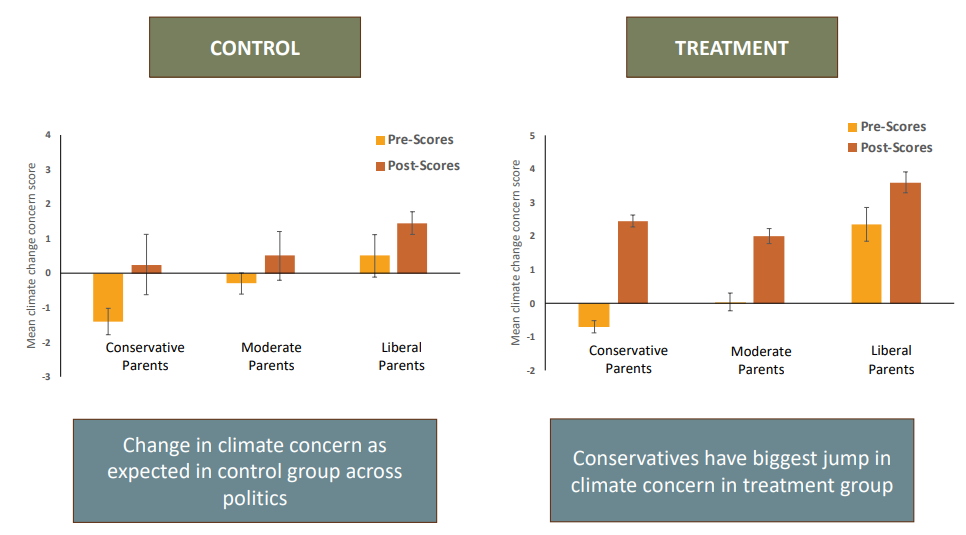
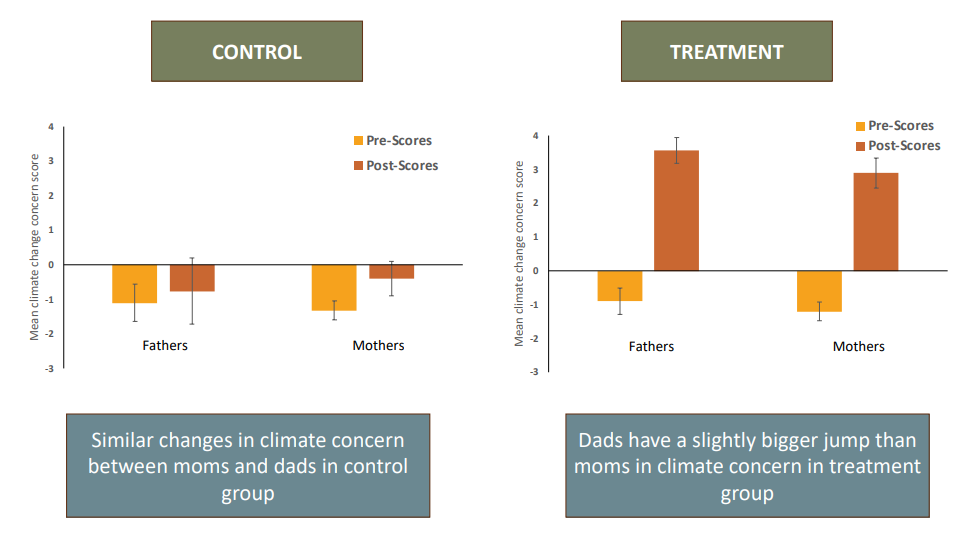
Why get involved in EE as a wildlifer?
Career development
Interdisciplinary skills needed in wildlife and natural resources careers
Help make connections with public
Might want to do more than fieldwork and research
Rewarding/fun
CV/Resume Building
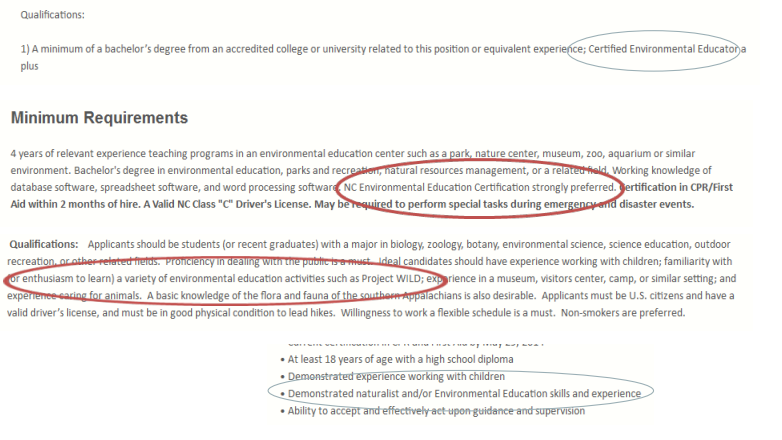
How to get involved
Get EE certified
Take a workshop — WRC or through NC office of EE and public affairs
Join the NCSU EE club
Engage with EENC
Attend an EE conference or EE sessions at TWS
Ask to get involved with EE research
Take a class at NCSU
EE Minor
NC EE Certification
A self-paced, experiential program which includes 6 different components and 200 hours
instructional workshops
outdoor environmental education experiences
knowledge of environmental education resources and facilities
Teaching
community partnership project
continuing education
program requirements
registration is $50
4 years to complete the program
Classes may sub for requirements